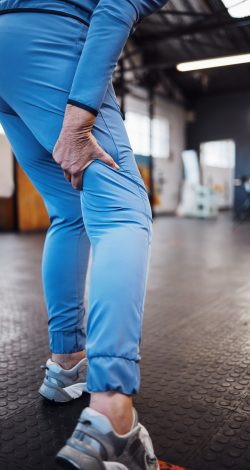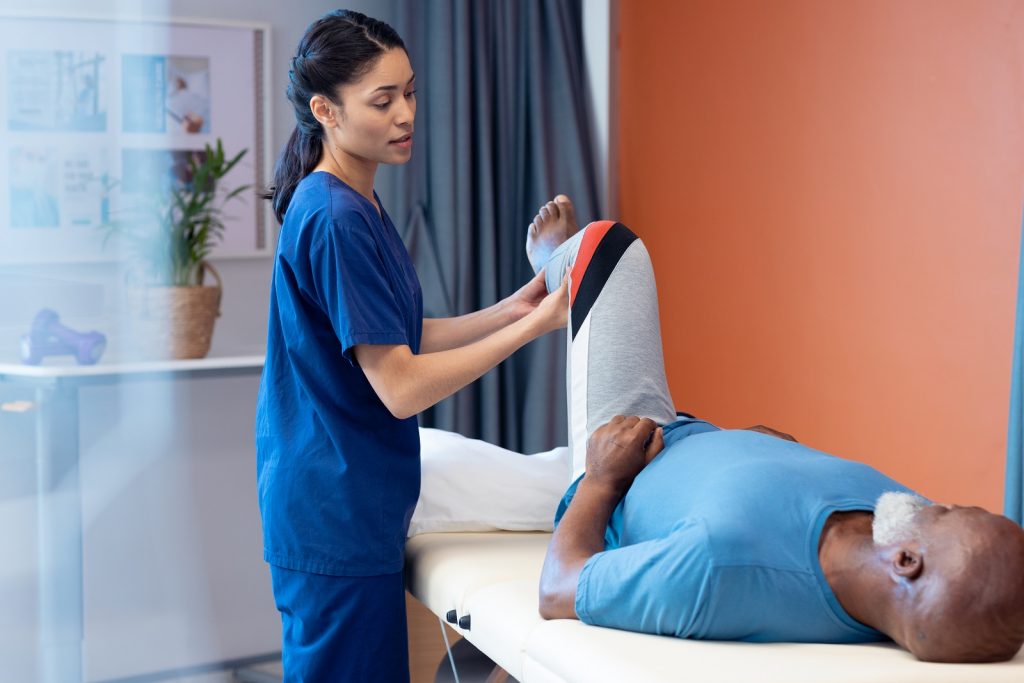Sciatica
Sciatica is a debilitating condition that affects countless individuals worldwide. It is characterized by excruciating pain that radiates along the path of the sciatic nerve, which starts in the lower back and extends down to the legs. This nerve, being the longest in the body, is responsible for connecting the spinal cord to the leg and foot muscles. When it becomes compressed or irritated, it can lead to severe discomfort and immobility.
The primary cause of sciatica is often a result of a herniated disc in the lumbar region of the spine. However, other factors such as spinal stenosis, degenerative disc disease, or even a bone spur on the spine can also contribute to its development. In some cases, the condition may occur due to muscle imbalances or prolonged sitting or standing in an improper posture.
Causes of sciatica:
- One of the leading causes of sciatica is a herniated disc, also known as a slipped or ruptured disc. The intervertebral discs’ act as cushions between the vertebrae in the spine, and when one of them becomes herniated, it can exert pressure on the nearby nerves, including the sciatic nerve. This compression results in the characteristic pain and other symptoms associated with sciatica.
- Spinal stenosis, which is the narrowing of the spinal canal, can also lead to sciatica. This condition typically occurs as a result of age-related degeneration or the formation of bone spurs, causing the spinal canal to become constricted and compressing the sciatic nerve.
- Other potential causes of sciatica include degenerative disc disease, where the discs between the vertebrae gradually lose their flexibility and cushioning ability, and spondylolisthesis, a condition where one vertebra slips forward over another, putting pressure on the nerve roots.

Symptoms of sciatica:
Sciatica presents with a range of symptoms that can vary in severity.
- The most common symptom is a sharp, shooting pain that radiates from the lower back, down through the buttock, and into the leg. This pain can be intense and may worsen with movement, sneezing, or coughing.
- In addition to pain, individuals with sciatica may also experience numbness or tingling sensations in the affected leg or foot.
- Muscle weakness and difficulty in controlling the affected leg or foot are also common, making it challenging to perform everyday activities.
It’s important to note that sciatica typically affects only one side of the body, although in rare cases, it can occur bilaterally.
Diagnosing sciatica:
When experiencing symptoms suggestive of sciatica, it is crucial to seek medical attention for an accurate diagnosis.
- A healthcare professional will typically start by reviewing the patient’s medical history and conducting a physical examination to assess their range of motion, muscle strength, and reflexes.
- To confirm the diagnosis, imaging tests such as X-rays, magnetic resonance imaging (MRI), or computed tomography (CT) scans may be recommended. These imaging studies can help identify the underlying cause of sciatica, such as a herniated disc or spinal stenosis.
Once a diagnosis is made, appropriate treatment options can be explored to alleviate the pain and discomfort associated with sciatica.
Treatment options for sciatica:
The treatment approach for sciatica aims to provide pain relief, reduce inflammation, and address the underlying cause of the condition. The treatment plan may vary depending on the severity of the symptoms and the individual’s overall health.
- Self-care techniques for managing sciatica pain: In mild cases, self-care measures can be effective in relieving sciatica pain. These may include applying heat or cold packs to the affected area, practicing gentle stretches and exercises to improve flexibility and strengthen the core muscles, and maintaining good posture while sitting and standing.
- Physical therapy for sciatica: Physical therapy plays a crucial role in the management of sciatica. A skilled physical therapist can design a personalized exercise program that targets the specific muscles and structures involved in sciatica. This may include a combination of stretching, strengthening, and low-impact aerobic exercises to alleviate pain, improve mobility, and prevent future episodes.
- Medications for sciatica pain relief: Over-the-counter nonsteroidal anti-inflammatory drugs (NSAIDs) such as ibuprofen or naproxen sodium may be recommended to reduce pain and inflammation associated with sciatica. In more severe cases, prescription medications like muscle relaxants or oral corticosteroids may be prescribed to provide relief.
- Surgical options for severe cases of sciatica: Surgery is typically considered a last resort when conservative treatments fail to provide relief or if there is a significant neurological deficit. Surgical interventions for sciatica may involve removing the herniated portion of a disc, widening the spinal canal, or stabilizing the spine through fusion surgery.
Preventing future episodes of sciatica:
While it may not always be possible to prevent sciatica entirely, certain lifestyle modifications and preventive measures can help reduce the risk of future episodes. These include:
- Maintaining good posture while sitting, standing, and lifting heavy objects
- Engaging in regular exercise to strengthen the core muscles and improve flexibility
- Avoiding prolonged sitting or standing in one position
- Using proper body mechanics when lifting or carrying heavy objects
- Practicing stress management techniques to reduce muscle tension and promote relaxation
By implementing these preventive measures, individuals can minimize the likelihood of recurring sciatica episodes and enjoy a better quality of life.

Contact Us
For more information or to schedule a consultation with Dr. Burhan, please contact us today. Our team of specialists is dedicated to diagnosing and treating sciatica with personalized care plans tailored to your specific needs. We are here to help you find relief from discomfort and improve your mobility. Don’t let sciatica affect your daily life—get in touch with us now to start your journey to recovery.


